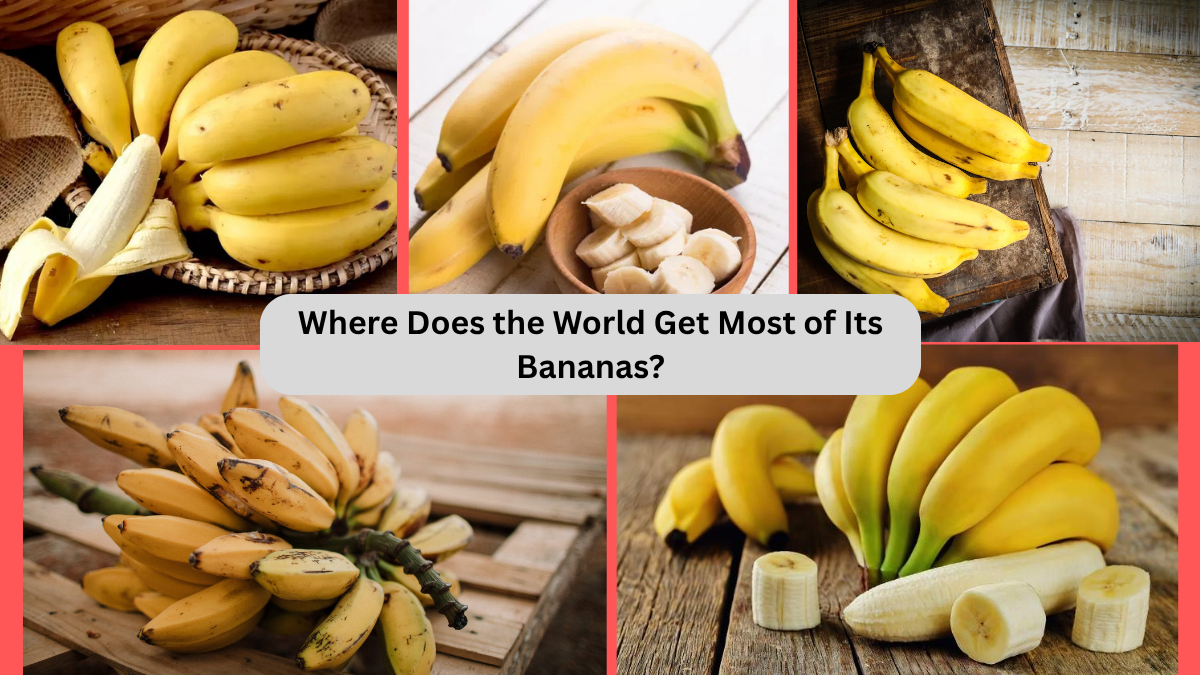Bananas are one of the world’s most popular and widely consumed fruits. Loved for their natural sweetness, convenience, and rich nutritional value, bananas have become a daily staple in kitchens across the globe. But have you ever paused to wonder where the world gets most of its bananas? While you might spot them in markets from New York to Nairobi, the journey of these tropical fruits starts in a handful of countries with the perfect climate and soil to nurture them.
In this article, we’ll take a deep dive into the leading banana-producing countries, what makes their production thrive, and how bananas journey from tropical farms to supermarket shelves worldwide.
A Global Overview of Banana Production
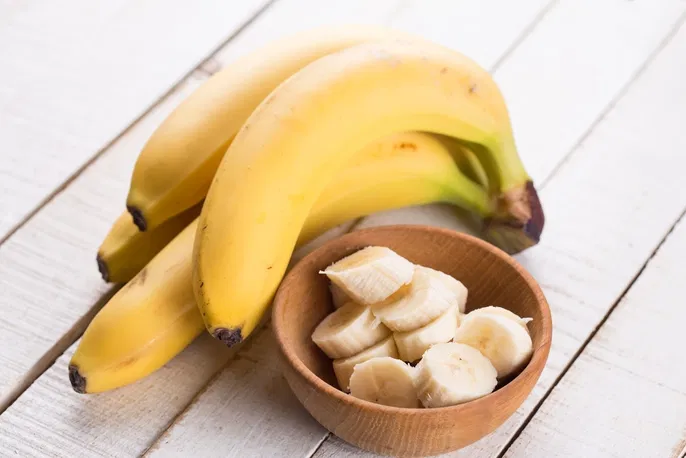
Bananas are grown in over 150 tropical and subtropical countries, with global production exceeding 135 million metric tons annually, according to the Food and Agriculture Organization (FAO). While dozens of countries grow bananas, production is highly concentrated, with the top five countries accounting for more than 50% of the world’s supply.
Though bananas are a globally traded commodity, most of them are consumed locally in the producing countries. Only about 15–20% of bananas make it to international markets, with the remainder enjoyed within domestic borders.
Let’s uncover which nations produce the most bananas and why.
India — The World’s Largest Banana Producer
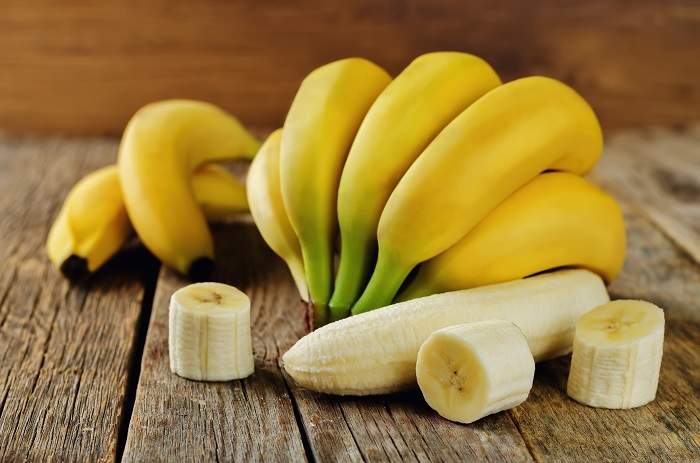
Annual Production: Over 36 million metric tons
Global Share: Approx. 26%
India is, by far, the world’s largest banana producer, responsible for more than a quarter of global production. With a year-round growing season and ideal tropical and subtropical climates, India produces more bananas than any other country.
Key Growing States:
- Maharashtra (home to the famous Jalgaon banana region)
- Tamil Nadu
- Karnataka
- Andhra Pradesh
- Gujarat
- Bihar
- Assam
Popular Banana Varieties:
- Dwarf Cavendish
- Robusta
- Grand Naine
- Rasthali
- Nendran
Interestingly, while India grows such a staggering volume of bananas, it exports relatively little. Most of its production is consumed domestically, thanks to bananas’ popularity in Indian diets, religious offerings, festivals, and traditional medicine.
Why India Excels:
- Diverse agro-climatic zones suitable for banana farming
- Year-round production cycle
- Strong domestic demand
- Government support for horticulture and irrigation
- Use of modern techniques like tissue culture and drip irrigation in some regions
China — Asia’s Second Banana Powerhouse
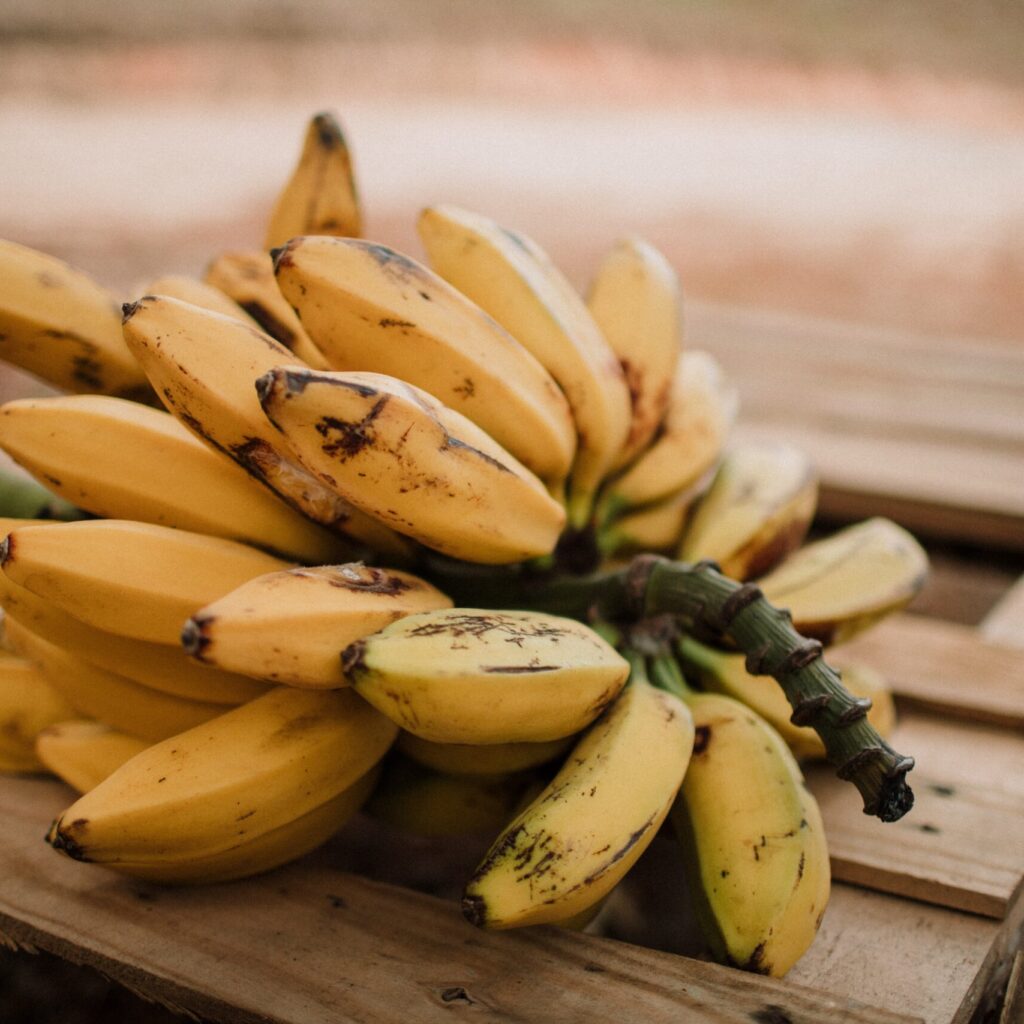
Annual Production: Around 12 million metric tons
Global Share: Approx. 9%
China ranks as the world’s second-largest banana producer. While it’s better known for its rice and tea, bananas are grown extensively in the country’s southern tropical and subtropical provinces.
Key Growing Areas:
- Guangdong
- Guangxi
- Hainan
- Yunnan
What Makes China a Banana Giant:
- Favorable southern climates with high rainfall and warmth
- Large local market fueled by rising urban consumption
- Government investment in modern agriculture and disease-resistant banana varieties
Like India, China primarily consumes its bananas domestically, with minimal export activity.
Indonesia — The Island Nation of Bananas
Annual Production: Around 9.3 million metric tons
Global Share: Approx. 6.8%
Indonesia, an archipelago of over 17,000 islands, is another major contributor to global banana production. Bananas are one of the country’s primary fruits, deeply rooted in its culinary and cultural traditions.
Major Production Regions:
- Java
- Sumatra
- Sulawesi
- Kalimantan
Local Banana Varieties:
- Pisang Raja (a prized dessert banana)
- Ambon
- Kepok
- Cavendish
Indonesia’s diverse landscape, rich volcanic soil, and high humidity provide perfect conditions for banana cultivation. Most of its bananas are consumed fresh or used in traditional Indonesian dishes and snacks.
Nigeria — Africa’s Top Banana Producer
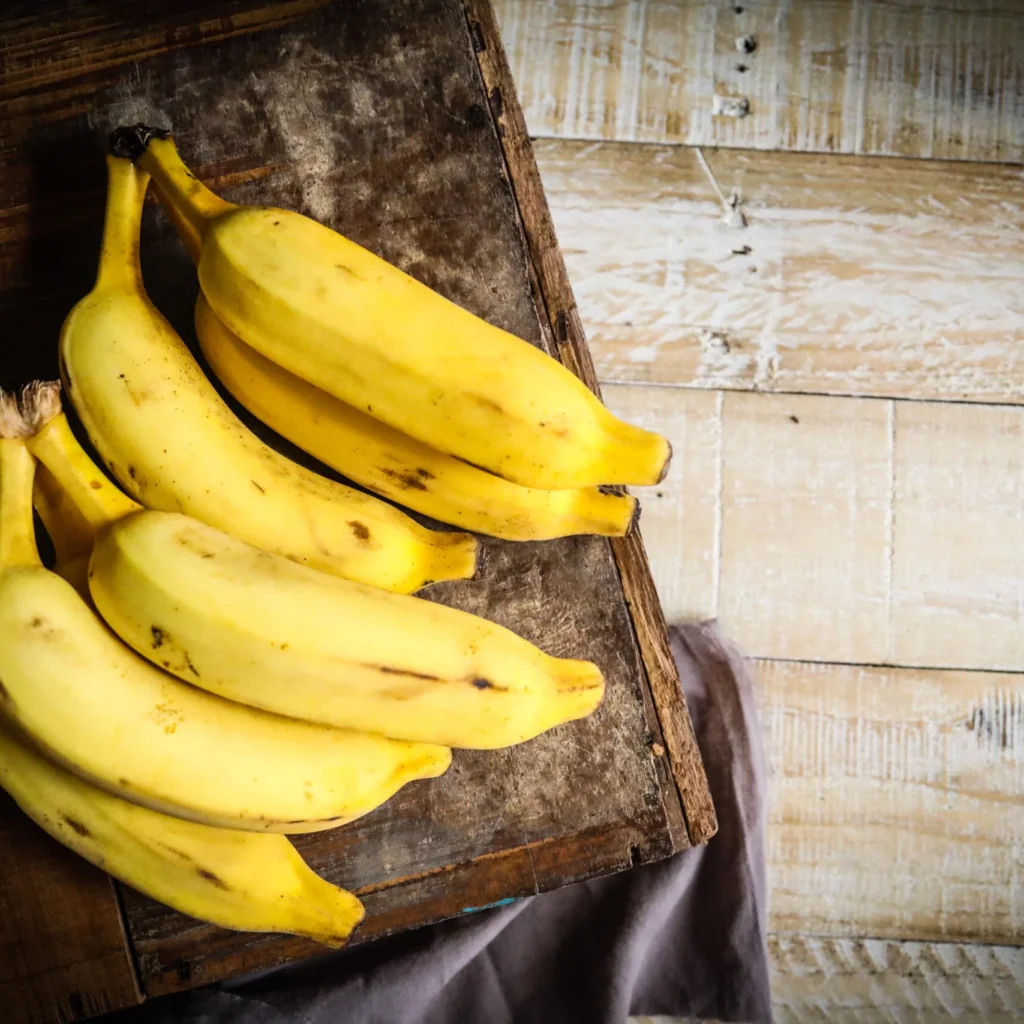
Annual Production: Around 7.3 million metric tons
Global Share: Approx. 5.3%
Nigeria is Africa’s leading banana producer and ranks fourth globally. Bananas and plantains are staple foods in Nigerian households, playing a vital role in the country’s food security.
Key Banana Regions:
- Kaduna
- Benue
- Cross River
- Oyo
Why Nigeria Is a Leader:
- Favorable year-round tropical climate
- High local demand for both bananas and plantains
- Bananas used extensively in traditional dishes like plantain porridge, fried bananas, and banana-based street snacks
Nigeria’s banana production is largely driven by smallholder farmers, providing both sustenance and income for millions of rural families.
Brazil — The Leading Producer in South America
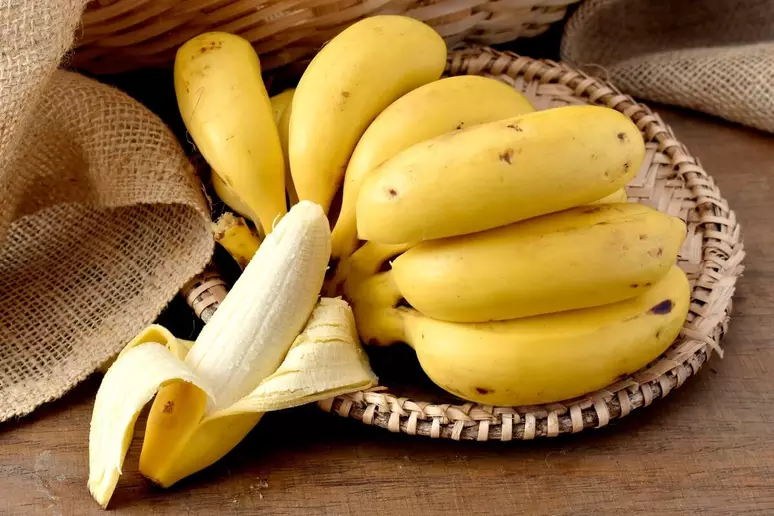
Annual Production: Around 6.9 million metric tons
Global Share: Approx. 5%
Brazil stands as South America’s largest banana producer and ranks fifth worldwide. Its large domestic market consumes the majority of its bananas, though some are exported regionally.
Main Production Regions:
- São Paulo
- Bahia
- Minas Gerais
- Santa Catarina
Popular Brazilian Banana Varieties:
- Nanica (similar to Cavendish)
- Prata
- Maçã
- Nanicão
Bananas are a staple in Brazilian cuisine, eaten raw, cooked, or fried, and are featured in both savory and sweet dishes.
The World’s Top Banana Exporter: Ecuador
While India produces the most bananas, Ecuador is the world’s largest banana exporter, accounting for about 30% of global banana trade. Although Ecuador produces fewer bananas than India or China, its focus on export-grade Cavendish bananas makes it a key player in international markets.
Key Export Destinations:
- United States
- European Union
- Russia
- Middle East
Ecuador’s bananas are highly sought after for their quality, consistent supply, and efficient export logistics.
Global Banana Production Ranking (2023)
| Rank | Country | Production (Million Tons) | Global Share |
|---|---|---|---|
| 1 | India | 36.6 | 26% |
| 2 | China | 12.1 | 9% |
| 3 | Indonesia | 9.3 | 6.8% |
| 4 | Nigeria | 7.3 | 5.3% |
| 5 | Brazil | 6.9 | 5% |
Trends, Challenges, and the Future of Bananas
Despite being a globally loved fruit, banana production faces several challenges:
Challenges:
- Panama Disease (Fusarium Wilt TR4): A fungal disease threatening Cavendish plantations worldwide.
- Climate Change: Unpredictable weather patterns, droughts, and floods affecting yields.
- Labor Issues: Many export plantations face scrutiny over labor conditions and wages.
Positive Trends:
- Investment in disease-resistant banana varieties
- Growth in organic banana farming
- Increasing fair trade and ethical certifications
- Rising domestic consumption in emerging economies
As producers adapt to these challenges, the banana industry is working towards sustainability and resilience, ensuring that future generations can continue to enjoy this beloved fruit.
Conclusion
So, where does the world get most of its bananas? The answer lies predominantly in India, China, Indonesia, Nigeria, and Brazil, with these five countries alone producing more than half of the world’s total bananas. While India leads in volume, Ecuador dominates global exports, supplying major markets in the United States and Europe.
Bananas remain a cornerstone of global agriculture, essential not just as a snack but as a lifeline for economies, diets, and millions of smallholder farmers worldwide. As the industry evolves to meet future challenges, these top-producing nations will continue to play a crucial role in keeping the world’s fruit bowls full.
